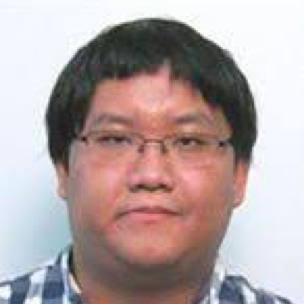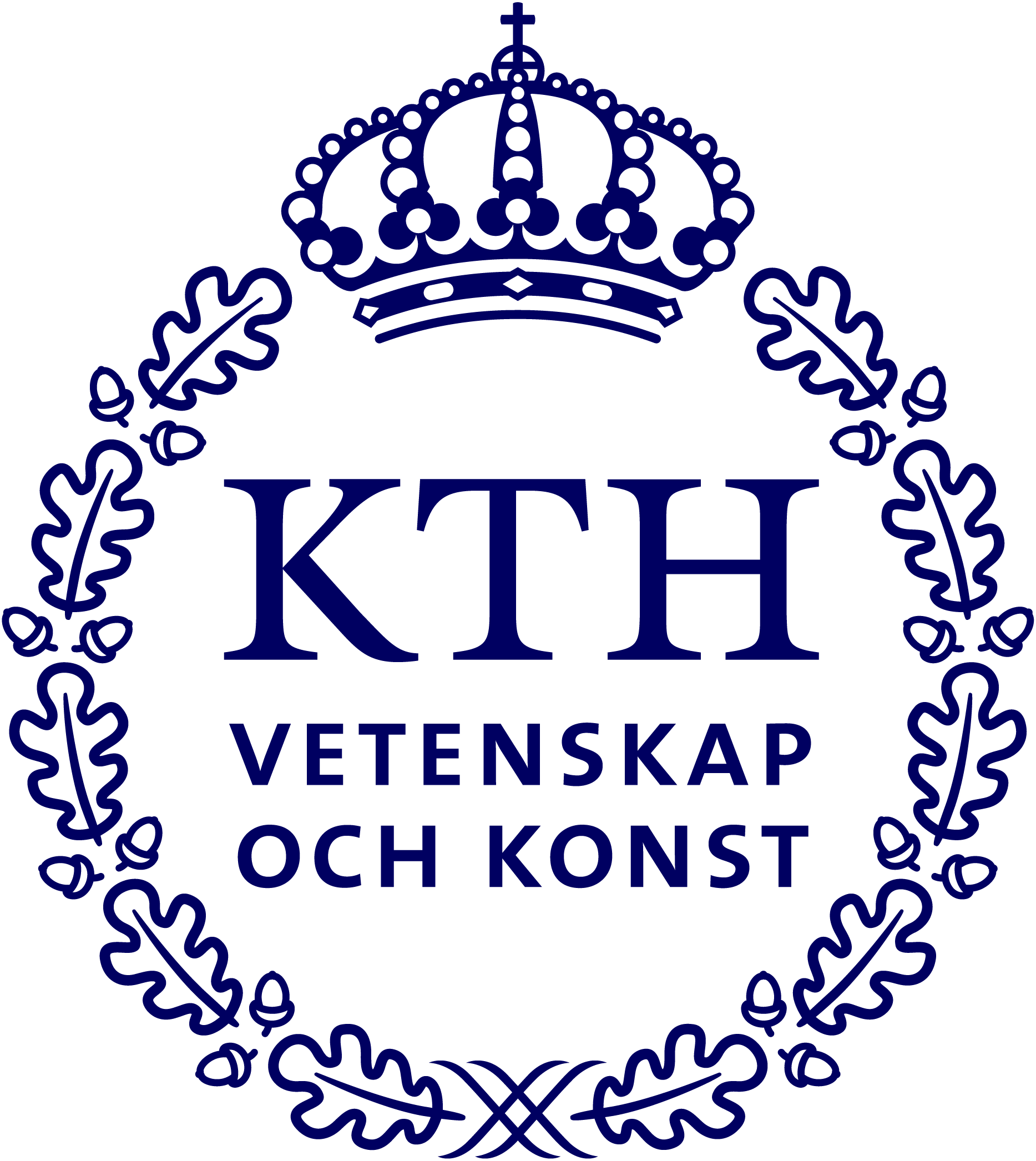Learning Dynamic Sequence Patterns with Domain-Specific Priors
Date and time: 5 November 2020, 12-1 pm
Speaker: Hao Hu, KTH
Title: Learning Dynamic Sequence Patterns with Domain-Specific Priors
Zoom: https://kth-se.zoom.us/j/67432682790?pwd=dVgzbjRSbUVFT2FOYTByYlZrTU9BUT09
Meeting ID: 674 3268 2790
Password: DF2020
Watch the recorded presentation here
 Abstract: Over the last ten years, AI has significantly impacted our lives due to the tremendous advancement of deep learning, a machine learning technique that aims to discover patterns from data with Artificial Neural Networks (ANNs). Thanks to numerous data and fast-growing computational power available in the Internet age, people are able to construct large-scale and well-labelled datasets in order to train those data-hungry ANNs. However, this is not always true for many specific domains such as healthcare, signal processing, etc., since acquiring large amounts of data or labels in such domains is practically infeasible. Thus it still remains challenging to train robust ANNs with only limited data and labels in these domains.
Abstract: Over the last ten years, AI has significantly impacted our lives due to the tremendous advancement of deep learning, a machine learning technique that aims to discover patterns from data with Artificial Neural Networks (ANNs). Thanks to numerous data and fast-growing computational power available in the Internet age, people are able to construct large-scale and well-labelled datasets in order to train those data-hungry ANNs. However, this is not always true for many specific domains such as healthcare, signal processing, etc., since acquiring large amounts of data or labels in such domains is practically infeasible. Thus it still remains challenging to train robust ANNs with only limited data and labels in these domains.
There are several efforts trying to address such issues, one of which is to integrate ANNs with domain-specific priors such that ANNs are less likely to overfit. In this talk, I will present several of my previous works in this direction. The presented works include 1) an ANN component combining with temporal order modelling for brain disorder diagnosis and its extension, and 2) two RNN cell structures for time-frequency pattern modelling using various signal data.
Bio: Hao Hu is a postdoc researcher at KTH RPL working with Professor Hossein Azizpour. Before joining KTH, he worked as a research scientist in FX Palo Alto Laboratory (FXPAL), California, United States. Hao got his PhD in Computer Science from the University of Central Florida (UCF). His research interests include various topics in machine learning and computer vision, with a special focus on temporal modelling and deep learning.


